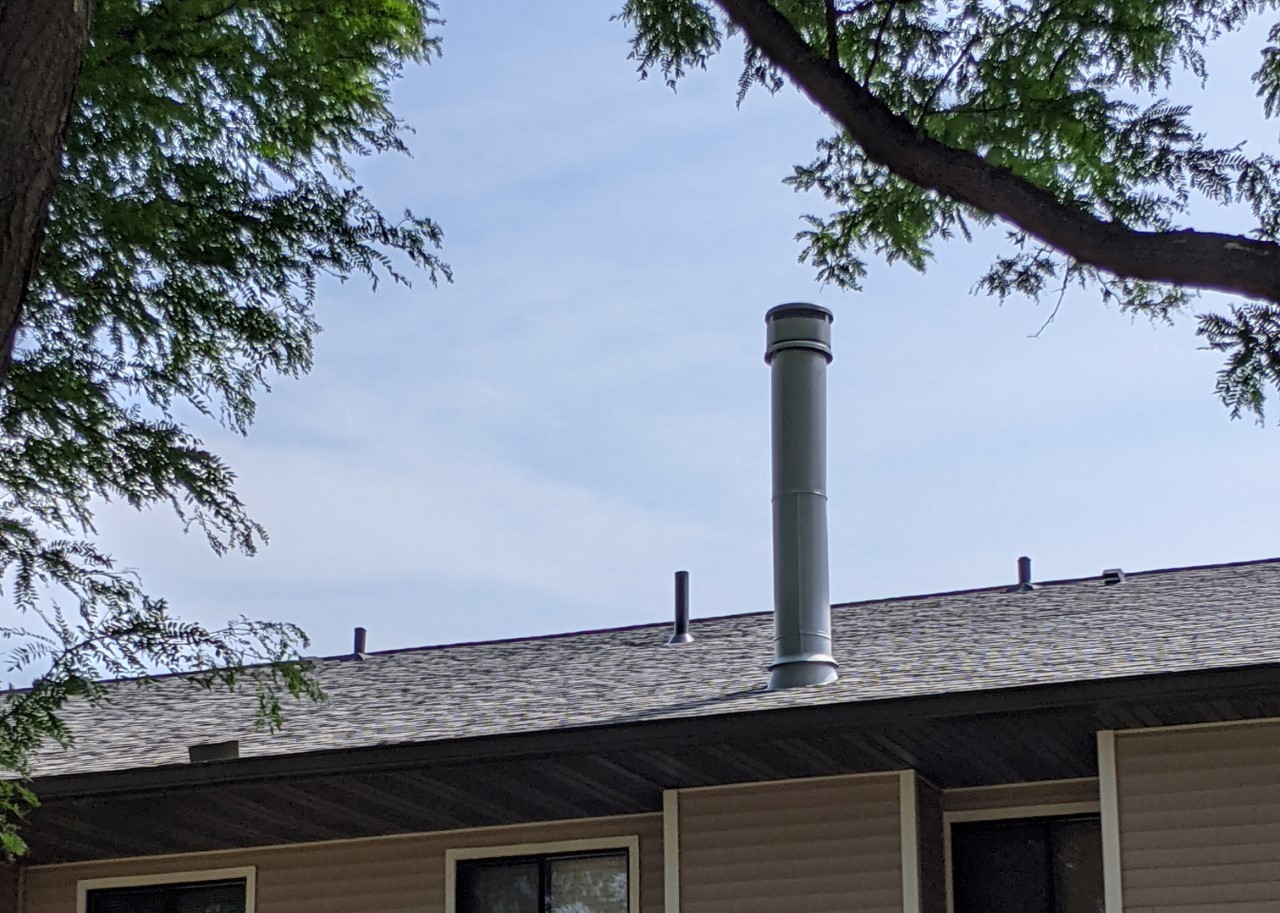What is radon gas and why would you test for it?
Radon is a naturally occurring gas produced by the radioactive decay of elements in bedrock and/or soil. Exposure to radon gas has been shown to be the second leading cause of lung cancer.
As elements in bedrock and/or soil decay, radon is released and migrates up through the ground, coming into contact with building floor slabs and foundations. If the building floor slabs and/or foundations are not properly constructed, radon gas can intrude through cracks and unsealed penetrations into a building resulting in an exposure hazard to occupants/residents. In some cases, building materials that are made up of sandstone, concrete, natural stone, or similar materials may contain naturally occurring elements that can break down or decay into radon.
High radon levels exist throughout the U.S. and vary widely from building to building. Developers, owners, and/or managers of multi-family housing, commercial properties, and schools or daycare centers, should be aware of radon risks. Testing to determine the risk and exposure levels to radon – and need for mitigation –can be completed with short-term (two to five days) or long-term (a minimum of 91 days to a year) tests. Testing can vary depending on need and building specifications, but long-term testing tends to provide the most accurate results.
Multiple governing bodies have guidance related to radon testing and/or mitigation strategies that you can access by clicking the hyperlinks below. This includes the U.S. Environmental Protection Agency (EPA), the U.S. Department of Housing and Urban Development (HUD), individual states, the American National Standard Institute (ANSI), and the American Association of Radon Scientists and Technologists, Inc. (AARST).
Risk management
Most federal or state financing requires radon testing as part of due diligence for the property transaction, but conventional financing can also require it. While most radon testing of existing buildings is generally done prior to acquisition; radon testing may be also be required post-acquisition and post-rehabilitation (rehab) to satisfy the financing requirements. Testing is also commonly required for new multifamily construction. Regardless of financing requirements, radon testing should be considered to evaluate the risk and associated cost impact of having to install mitigation systems.
You may be asking: How do you test for radon if there are no buildings on the property? Radon testing of vacant undeveloped properties is not possible. However, state or local building codes may require radon-resistant construction be incorporated into the new construction of affordable housing.
Integrating radon-resistant systems into the design plan
Pre-planning and design for radon mitigation can result in significant cost savings if the mitigation component installation is included in the overall rehab scope or new construction design. Coordinating the installation of a radon mitigation system with the installation of other mechanical and electrical systems can result in efficiencies and cost savings. Lastly, state licensing requirements may impact who can install a radon mitigation system and who can do the testing.
Understanding radon testing and mitigation requirements upfront will help manage the cost implications and minimize delays for your project. Adding a team with the expertise and resources to effectively address these items will further the potential for successful project outcomes. Please use the Contact Us form should you have any questions.
